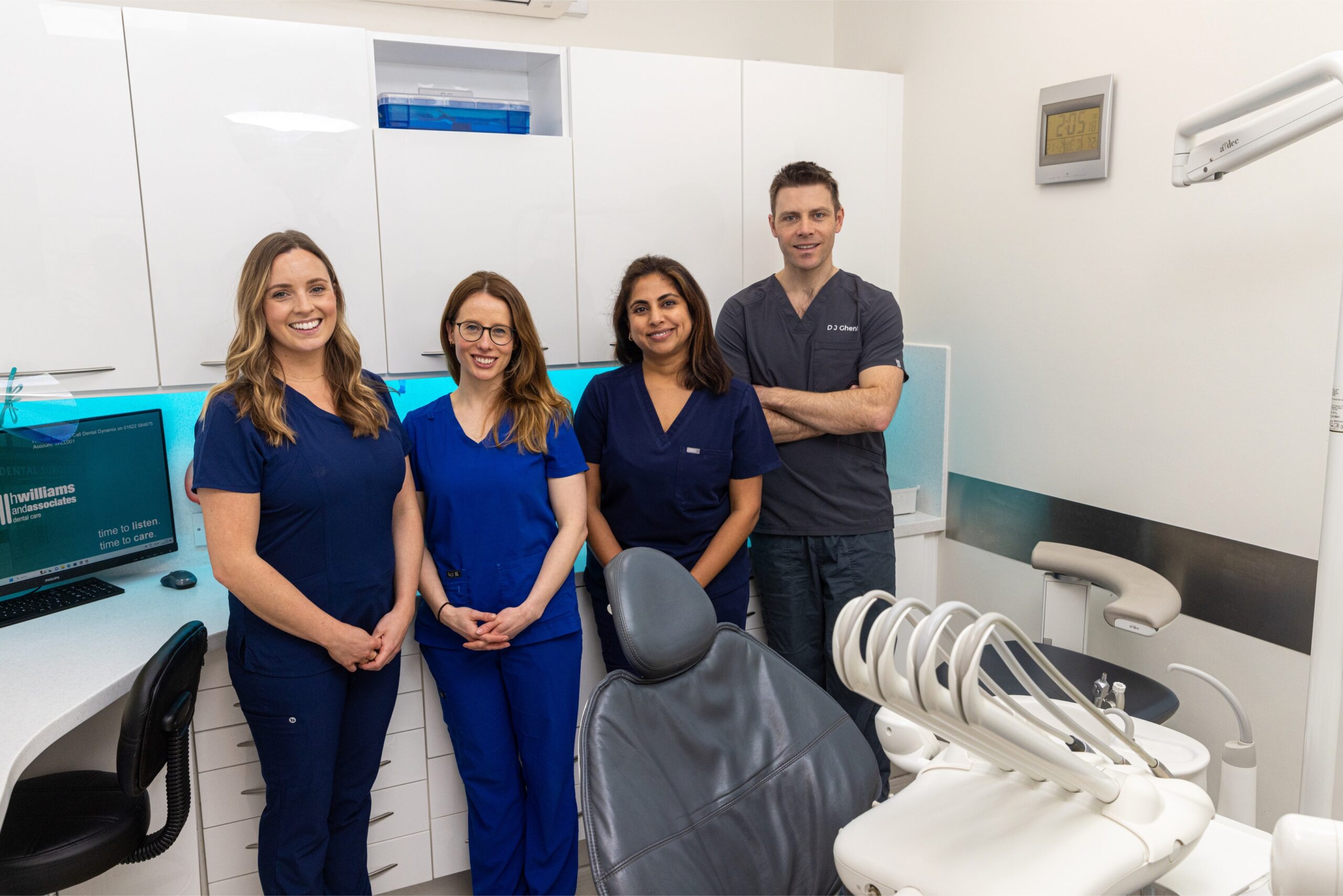“You’ll need a root canal” is one of the most dreaded statements to hear from your dentist. But should you be so worried about a root canal? Here, we’ll discuss what a root canal is, why you need it, the procedure, and what you can expect in your recovery.
What Is A Root Canal?
A root canal is a treatment used on a tooth that has become infected, damaged, or decayed. During a root canal, the dentist will remove the infected or decayed tissue from the inside of the tooth and replace it with a filling material. The procedure can help save the tooth from further damage or decay and may even help prevent the need for a tooth extraction. If you think you might need a root canal, you must visit your dentist as soon as possible to get the proper treatment.

Why are Root Canal Treatments Needed?
Believe it or not, a portion of your tooth is alive. It is called the pulp, and it contains nerves, blood vessels, and connective tissue. These feed the pulp and keep it healthy and strong.
Unfortunately, sometimes the pulp is invaded by oral bacteria when a cavity is untreated for too long. The pulp can become infected if your tooth is cracked or otherwise damaged. Once this level of trauma has occurred, the only other way to treat it is with an extraction.
Symptoms Indicating a Root Canal
You and your dentist will know if your tooth is infected by the following symptoms:
- Unrelenting pain deep in your tooth
- Swollen gums
- Swollen jaw
- Sensitivity to heat and cold
- Tooth discoloration
- Pimple on your gums
- Your tooth is cracked or damaged
- Pain when pressure is applied
- Tooth feels loose
Interestingly, you may find that the pain and other symptoms subside, making you think you no longer have a problem. But this could mean that the damage has spread to the root canal system and has become irrevocable. If this occurs, a root canal treatment is needed immediately.
How is a Root Canal Treatment Performed?
Your dentist will confirm your condition and determine the appropriate treatment with x-rays of the affected tooth. Here are the likely steps for a root canal procedure:
- Local anesthesia or sedation
- Dental dam placement. This small piece of rubber isolates the tooth and keeps it dry.
- A small hole is drilled into the tooth to gain access to the pulp
- Pulp (including the nerves, blood vessels, and tissue) is removed
- The pulp canals are cleaned, disinfected, and shaped.
- Canals are filled with rubbery dental material
- A filling is applied to seal the tooth
- A dental crown is usually added (maybe at a later date) to protect the tooth
What is the Recovery from a Root Canal?
Since this procedure removes the nerves and other tissue, you shouldn’t feel significant pain following the treatment. If you do, contact your dentist. You may experience some continued sensitivity for a few days after. This is normal and may be remedied with over-the-counter pain relievers. Root treated teeth become brittle over time and often need a crown to protect them from fractures.
Why Choose H Williams
We offer an extensive range of dental treatments at H Williams and Associates, including root canals. You will receive expert from our Endodontist specialist who meticulously uses a Dental microscope and CBCT scanner to ensure all the canals are found & treated, compassionate care. And if you feel anxious, we offer sedation. Get in touch with us to learn more.

